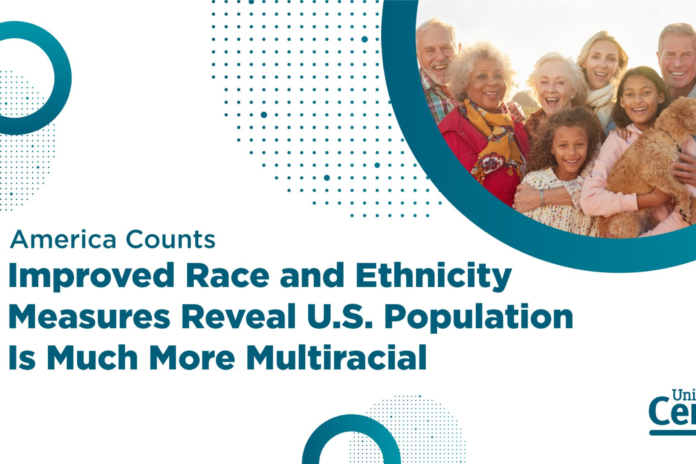
A media myth for a half-century holds that as the “white population” of the United States shrinks, the Republican Party will fade into oblivion, unless they move left. This is false, since how races are defined is complex and realpolitik also is involved. But let’s first look at some newly released statistics from the 2020 census, which revealed U.S. population growth as slowest since the Great Depression.
The share of the “white population” fell from 63.7% in 2010 to under 58% in 2020, the lowest on record. This was driven by falling birth rates among white women compared with women of Asian and Hispanic descent. The number of so-called “non-Hispanic white” Americans shrank from 196 million in 2010 to 191 million last year.
White people continue to be the most prevalent racial or ethnic group, though that’s not the case in blue states like California, Hawaii, New Mexico, and Washington, D.C.
The Asian and Hispanic populations in the U.S. increased by a third and almost a quarter over the decade to 24 million and 62.1 million people, respectively. The United States is now 18.7% Hispanic, 12% black and almost 6% Asian.
According to a gleeful Washington Post, “the report marks the first time the absolute number of people who identify as white alone has shrunk” since the census began in 1790.
MSNBC’s resident bigot Joy Reid cheered the news alongside a radical professor and NPR reporter on her Thursday night show.
While the politics of Asian Americans are complex, as our country grows more Hispanic, there’s an argument our media still ignores: Studies show the longer Hispanic immigrants stay in the country, the more likely they become conservative and, perhaps more interestingly, the more likely they identify as “white.”
“Hispanic voters overwhelmingly say they prefer to use Hispanic, even as white academics use Latino. But Hispanic voters are not a race,” Erick Erickson said Friday. “Hispanic voters are Venezuelan. They’re Argentinan. They’re Nicaraguan. They’re Guatemalan, they’re Honduran, El Salvadorian, Mexican, Costa Rican, Bolivian, Peruvian, Chilean. They’re not a race. They’re an ethnic group of people. Guess what the data shows. Most of them view themselves as white people. In fact, in 2020, Donald Trump won South Texas Mexican-Americans and Florida Hispanics. He over-performed, I guess I should say. In most Hispanic counties in South Colorado, Donald Trump won them. He was the first Republican since George W. Bush to win those counties. In South Texas, Republicans made massive inroads with Hispanic voters.”
As for Minnesota, the state is becoming more ethnically diverse, with the number of white residents dropping for the first time in history. The “non-Hispanic white” population declined in 66 of Minnesota’s 87 counties while non-white population percentages increased everywhere.
Population growth was highest in Minnesota’s Third, Fifth and Sixth Congressional Districts, while the First and Seventh Districts lost the most population.
Nearly 80% of Minnesota’s growth is in the Twin Cities metro, but a population increase also was found in the Rochester and St. Cloud areas, helping the state maintain its eight U.S. congressional seats.
The Minnesota Legislature is now tasked with shaping new lines by February, but political battles caused them to outsource the process to the judicial branch long ago. The data also will shape how $1.5 trillion in annual federal spending is distributed.
The Gopher State’s total population climbed by more than 400,000 during the past decade to more than 5.7 million.
A.J. Kaufman
A.J. Kaufman is an Alpha News columnist. His work has appeared in the Baltimore Sun, Florida Sun-Sentinel, Indianapolis Star, Israel National News, Orange County Register, St. Cloud Times, Star-Tribune, and across AIM Media Midwest and the Internet. Kaufman previously worked as a school teacher and military historian.
















